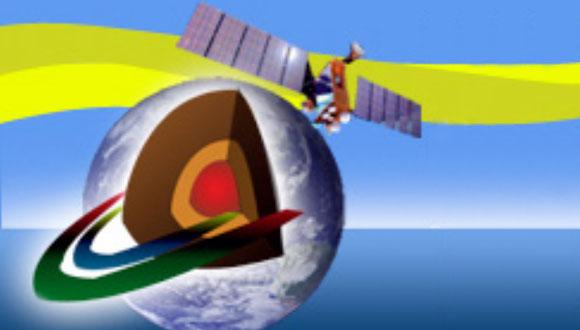Dept. of Geosciences Colloquium: Emergence of semi-stationary vortices above topographic depressions
Dr. Aviv Solodoch, UCLA
Zoom: https://us02web.zoom.us/j/82100502856
Abstract:
In several North Atlantic ocean basins, semi-stationary and long-lived (for at least decades) anticyclonic mesoscale (30-100 km large) vortices are known to reside, without any significant wind forcing. These anticyclones (ACs) occur in areas of intense density transformations and density fluxes of importance to the large scale oceanic circulation, and may influence these processes due to the ACs’ anomalous properties (e.g., deep-reaching density contours in the vortex cores).
Previous work has suggested different possible formation mechanisms for each of these North-Atlantic vortices. Here, recognizing that these oceanic ACs are observed in the ocean above bowl-like topographic depressions, we report on idealized numerical simulations of general formation mechanisms and properties of stationary ACs above bowl-like topography.
We find that trapped ACs spontaneously emerge from generic initial conditions above bowl-like topography, over a wide range of model and domain parameters, relevant for the various observed oceanic anticyclones. The trapped-ACs grow through mergers with other ACs, preferentially migrating into the bowl - a process dynamically similar to formation of polar vortices in the atmospheres of gas giants (e.g., Saturn & Jupiter) in other numerical simulations; Related mechanisms have also previously been proposed for atmospheric blocking maintenance.
We recognize two non-dimensional parameters which control the trapped vortex formation; their values result in several distinct types of circulation, as shown in a regime diagram. The vertical structure of the circulation is also predicted via scaling relations, in qualitative agreement with observations. Additionally, we compare the efficiency of different anticyclone migration mechanisms, and study the migration distance (origin) of trapped material. Finally, we study the relations of eddy fluxes inside and outside of the trapping region, and how these couple the formation of the trapped anticyclone with that of the external circulation.
Event Organizers: Dr. Roy Barkan and Dr. Asaf Inbal


